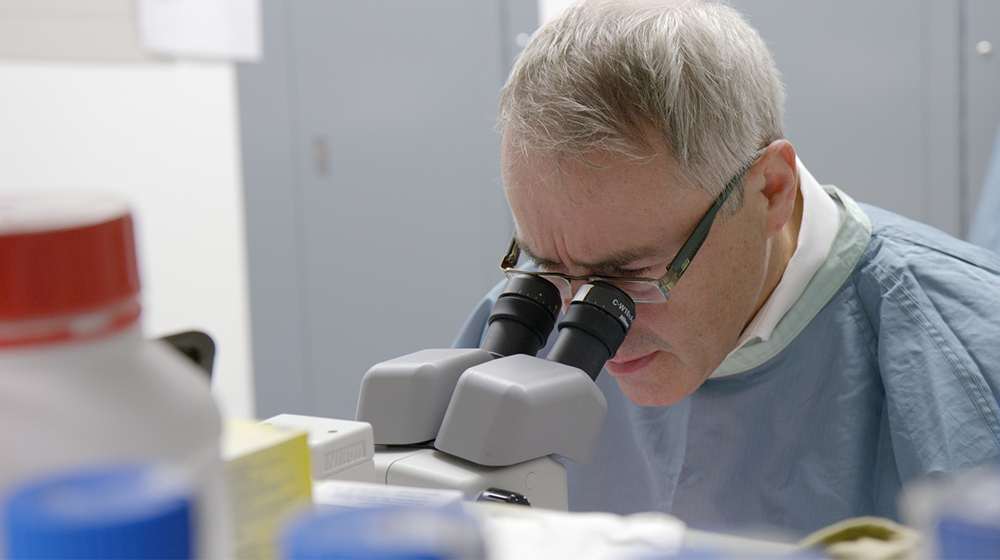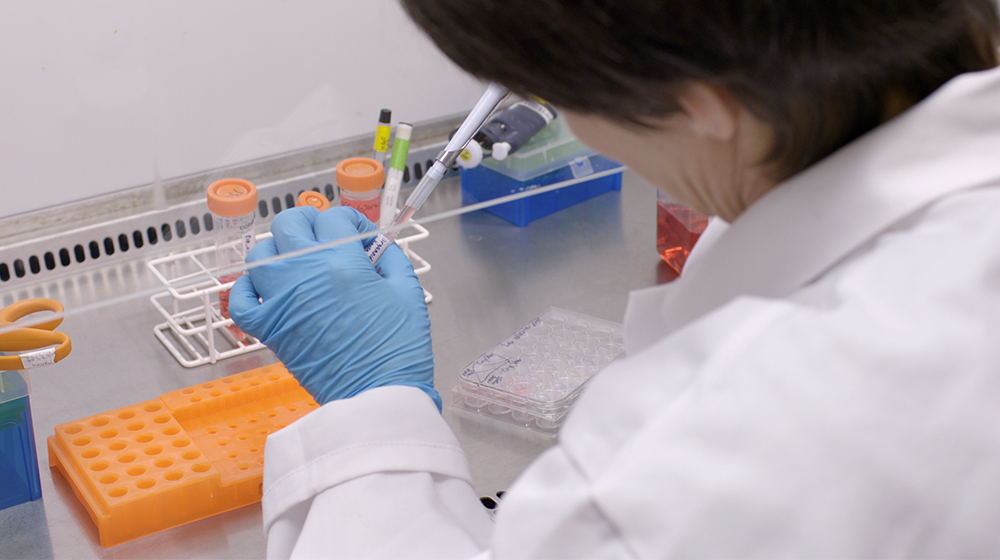For anyone living with Type 1 diabetes, there is no doubt it is a challenging illness. Type 1 diabetes occurs at no fault of the patient, but unfortunately, there is no known cause or cure. ProtoKinetix researchers are actively exploring the potential for our anti-aging glycopeptide, AAGP®, to make better treatments possible.
Continue reading to learn about the current studies in progress and the early results we’ve seen. Through this research, ProtoKinetix is working to provide more hope for people who receive a Type 1 diabetes diagnosis. More hope for a comfortable daily life and more hope that recovery is possible.
Researching a potential Type 1 diabetes cure
Possible cures for Type 1 diabetes include islet cell transplantations to help with insulin production and retinal cell transplantations to prevent and potentially reverse any vision loss due to unstable diabetes. AAGP® is being researched as a possible aid to help make these transplants more successful.
Islet cell transplants: helping with the causes of diabetes
Leading the way in islet cell transplant research is Dr. James Shapiro with the Shapiro group. Islet cell transplantation involves the use of islet cells from a donor that are transplanted into a patient with Type 1 diabetes to help with insulin production.
In traditional islet cell transplants, it is common for many of the cells to die off or become damaged, so the procedure isn’t always effective. Dr. Shapiro and his team are actively researching the potential for AAGP® to keep cells alive longer, improving the chances for successful islet cell transplants.
Explore our related press releases to learn about the findings thus far:
- ProtoKinetix Takes Delivery of GMP AAGP® PKX-001 Dedicated for Phase 1 Trial
- ProtoKinetix Announces Start of Phase 1 & Phase 2 Clinical Trials for the use of AAGP® PKX-001 Treated Islet Cells in the Treatment of Type 1 Diabetes
- ProtoKinetix Announces Investigator Sponsored Human Clinical Trial Application Using AAGP® Has Been Approved by Health Canada
Hear from Dr. Shapiro about the research progress:
“We were able to – in less than a year – have approval from Health Canada and our research ethics board to begin a really exciting first in-human trial with this anti-aging glycopeptide. We’ve treated six patients now, and we’ve shown the treatment to be exceedingly safe.” – Dr. James Shapiro
Retinal cell transplants: helping with the aftermath of unstable diabetes
One of the most common long-term effects of Type 1 diabetes is vision loss. Behind our eyes is a network of rods, cones and connections, and in a patient with diabetes, the cells that comprise those complex structures fall victim to damage and stress caused by unstable diabetes.
Led by Dr. Kevin Gregory-Evan, the Evans group has been working to understand the effects of diabetes on retinal cells and the potential for AAGP® to help prolong cell survival in retinal transplants. This research could be an important link to potential treatments for conditions such as ocular inflammation, dry eye disease and macular degeneration resulting from Type 1 diabetes.
Learn more about this retinal transplant research in our recent press releases:
- ProtoKinetix AAGP® Retinal Cell Replacement Therapy Testing at UBC Completed
- Tests Show AAGP® Preserved and Enabled Retinal Cells to Mature Without Compromise after 5-Month Milestone
- AAGP® Improves Results in Stem Cells Transplanted in Retina Tissue by 300%
Hear about the progress and potential from Dr. Kevin Gregory-Evans:
“One of the most successful ways that we’ve managed to protect cells is with a new molecule called AAGP. This molecule seems to improve survival of cells fourfold, which could mean the difference between success and failure in human subjects.” – Dr. Kevin Gregory-Evans
The potential for AAGP®
The research exploring the possibility for AAGP® as a diabetes treatment option has been extremely promising thus far. AAGP® has demonstrated potential to help make transplant engraftments more successful and has even shown unexpected signs of anti-rejection properties.
Anti-rejection drugs are notoriously harsh on patients with extremely difficult side effects. If AAGP® could help prevent the need for these drugs, the benefits for patients would be significant.
Explore investment opportunities
To continue our research progress, we need the support of dedicated investors. If you are interested in investing in the potential, please talk to your broker or contact the team at ProtoKinetix to explore investment opportunities. This is an incredible opportunity to be involved in the next great medical discovery, and we hope you’ll join us.




